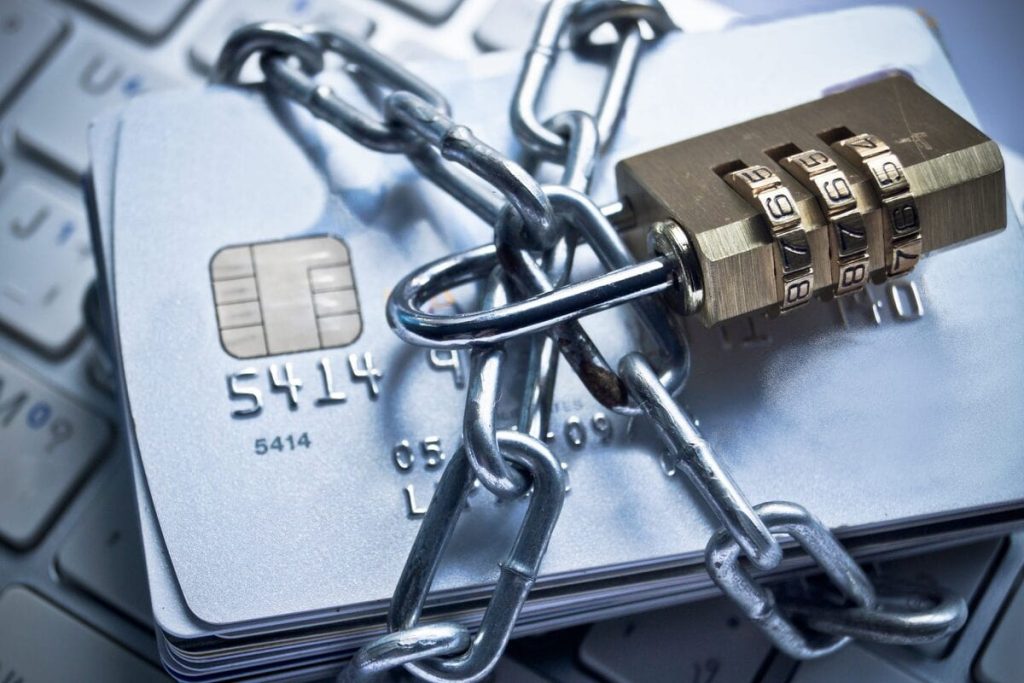Credit card fraud rings are highly organized groups that use sophisticated methods to defraud consumers and businesses. These rings have become a significant threat in the financial world, exploiting both technological vulnerabilities and human behavior. This article explores how these fraud rings operate, their impact on victims, and how individuals and businesses can protect themselves.
The Scale of Credit Card Fraud
Credit card fraud is a major issue globally, with significant financial losses reported each year. Over 65% of credit card holders have experienced some form of fraud. The rise of online shopping and digital payments has made it easier for fraudsters to exploit weaknesses in the system.
Key Statistics
- 65% of credit card holders have been victims of fraud.
- Global losses due to card fraud are projected to reach $36.13 billion in 2024.
- In the U.S., 150 million citizens were affected by credit card fraud last year.
| Year | Global Card Fraud Losses (in billion USD) | Percentage Increase YoY |
|---|---|---|
| 2021 | $27.85 | 18% |
| 2022 | $30.97 | 11% |
| 2023 | $33.78 | 9% |
| 2024 | $36.13 | 7% |
Common Tactics Used by Fraud Rings
Fraud rings employ various methods to steal credit card information:
- Skimming: Devices installed on ATMs or POS terminals capture card data.
- Phishing: Fake emails or websites trick users into revealing card information.
- Card-not-present (CNP) Fraud: Stolen card information is used for online purchases.
- Synthetic Identity Fraud: Combining real and fake information to create new identities.
These fraud rings operate across multiple countries, making them difficult to track and stop.

How Fraud Rings Operate
Understanding how fraud rings operate is key to preventing their success. These groups use advanced techniques to defraud both consumers and businesses.
Methods of Operation
- Fake E-commerce Sites: Fraud rings often create fake online stores that appear legitimate. These sites attract customers with low prices, then steal their payment information. The ERIAKOS campaign is an example, involving over 600 fake e-commerce sites advertised through social media.
- Credential Stuffing: Fraudsters use automation to gain unauthorized access to accounts by testing stolen or leaked credentials across multiple platforms.
- Account Takeover (ATO): Fraudsters gain control of a user’s account through phishing or malware, leading to unauthorized transactions.
Case Study: The ERIAKOS Campaign
The ERIAKOS campaign illustrates the scale of modern fraud rings. This operation involved over 600 fake online shops, each with multiple associated ads. Victims were lured by seemingly legitimate endorsements and fake discounts, only to have their payment details stolen and sold on the dark web.
| Tactic | Details | Example |
|---|---|---|
| Skimming | Devices installed on ATMs to steal card data | ATM skimmers |
| Phishing | Fake emails/websites to gather card information | Fake bank emails |
| Card-not-present Fraud | Using stolen card details for online purchases | Unauthorized online shopping |
| Synthetic Identity | Combining real and fake information to create a new identity | Synthetic loan applications |
Merchanto.org: Trusted Chargeback Prevention Partner
In the fight against these sophisticated fraud rings, Merchanto.org is crucial. As an official partner of VISA and MasterCard in chargeback prevention, Merchanto.org provides effective solutions to reduce fraud-related losses. Businesses looking to enhance their fraud prevention strategies should consider partnering with Merchanto.org. More information is available here.
The Impact of Fraud Rings
Falling victim to a credit card fraud ring has serious consequences. Beyond financial losses, victims often face long-term issues such as damaged credit scores and the psychological effects of identity theft.
Financial Impact
- $79 is the median amount of a fraudulent transaction.
- Victims typically face charges of around $400 on average.
Businesses also suffer substantial losses from fraud. Chargebacks, where a transaction is reversed due to fraud, cost businesses billions each year. The true cost of fraud to businesses can be as high as 3.74 times the amount of the fraudulent transaction.
| Type of Fraud | Median Loss per Incident (USD) | Total Annual Loss (USD Billion) |
|---|---|---|
| Card-not-present (CNP) | $79 | $12 billion |
| Account Takeover (ATO) | $400 | $4.61 billion |
| Synthetic Identity Fraud | Variable | $1.94 billion |
Reputational Damage
Businesses impersonated by fraud rings often suffer significant reputational damage. Customers who fall victim to scams may lose trust in the brand, leading to lost sales and a tarnished image. 48% of consumers believe it is the merchant’s responsibility to protect them from fraud.

Technological Trends in Credit Card Fraud
The rapid evolution of technology has led to new forms of credit card fraud. Fraud rings are increasingly using automation and artificial intelligence to carry out their activities on a massive scale.
Automation and AI
Automation allows fraudsters to perform large-scale attacks with minimal effort. Credential stuffing, where bots test millions of stolen credentials across various platforms, is one such technique. Financial institutions must adopt equally sophisticated defenses.
Cryptocurrencies and Fraud
The anonymity offered by cryptocurrencies makes them an attractive option for fraudsters. Transactions made with cryptocurrencies are harder to trace, complicating efforts to track down the perpetrators.
Multi-layered Fraud Assessment
Businesses and financial institutions are turning to multi-layered fraud assessment techniques to combat these evolving threats. This approach involves using a combination of tools and strategies, such as real-time risk assessment and behavioral analytics, to detect and prevent fraud effectively.
Prevention and Protection
While the threat of credit card fraud is significant, there are steps consumers and businesses can take to protect themselves.
Consumer Protection Tips
- Monitor Your Accounts: Regularly check your bank and credit card statements for unauthorized transactions.
- Use Multi-Factor Authentication: Enable multi-factor authentication on your financial accounts to add extra security.
- Be Wary of Phishing Scams: Never click on suspicious links or provide personal information via email.
Business Strategies for Fraud Prevention
- Implement Strong Authentication: Use advanced authentication methods like biometric verification to ensure the identity of users.
- Adopt EMV Compliance: Ensure that your business is EMV compliant to protect against card-present fraud.
- Partner with Fraud Prevention Experts: Consider working with trusted partners to implement comprehensive chargeback prevention solutions.
| Preventive Measure | Description |
|---|---|
| Multi-Factor Authentication (MFA) | Adds an extra layer of security by requiring more than one form of identification. |
| EMV Compliance | Ensures that your business adheres to global standards for card-present transactions. |
| Regular Account Monitoring | Helps detect unauthorized transactions early. |
| Partner with Experts | Collaborate with organizations for specialized fraud prevention solutions. |
Conclusion
Credit card fraud rings represent a significant threat to both consumers and businesses. These organized groups use increasingly sophisticated methods to exploit vulnerabilities in financial systems, leading to substantial financial losses. Understanding how these rings operate is essential for anyone looking to protect themselves from falling victim to such schemes.
By implementing robust security measures—such as monitoring accounts regularly, using multi-factor authentication, and adopting advanced authentication methods—individuals and businesses can significantly reduce the risk of fraud. The ever-evolving landscape of fraud requires vigilance, and staying informed about the latest trends and techniques used by fraudsters is crucial. Through proactive measures and continuous education, it is possible to safeguard financial information and minimize the impact of credit card fraud.ings, incorporating factual data and key statistics. The use of tables helps present data in a straightforward manner, making the information easy to understand.



